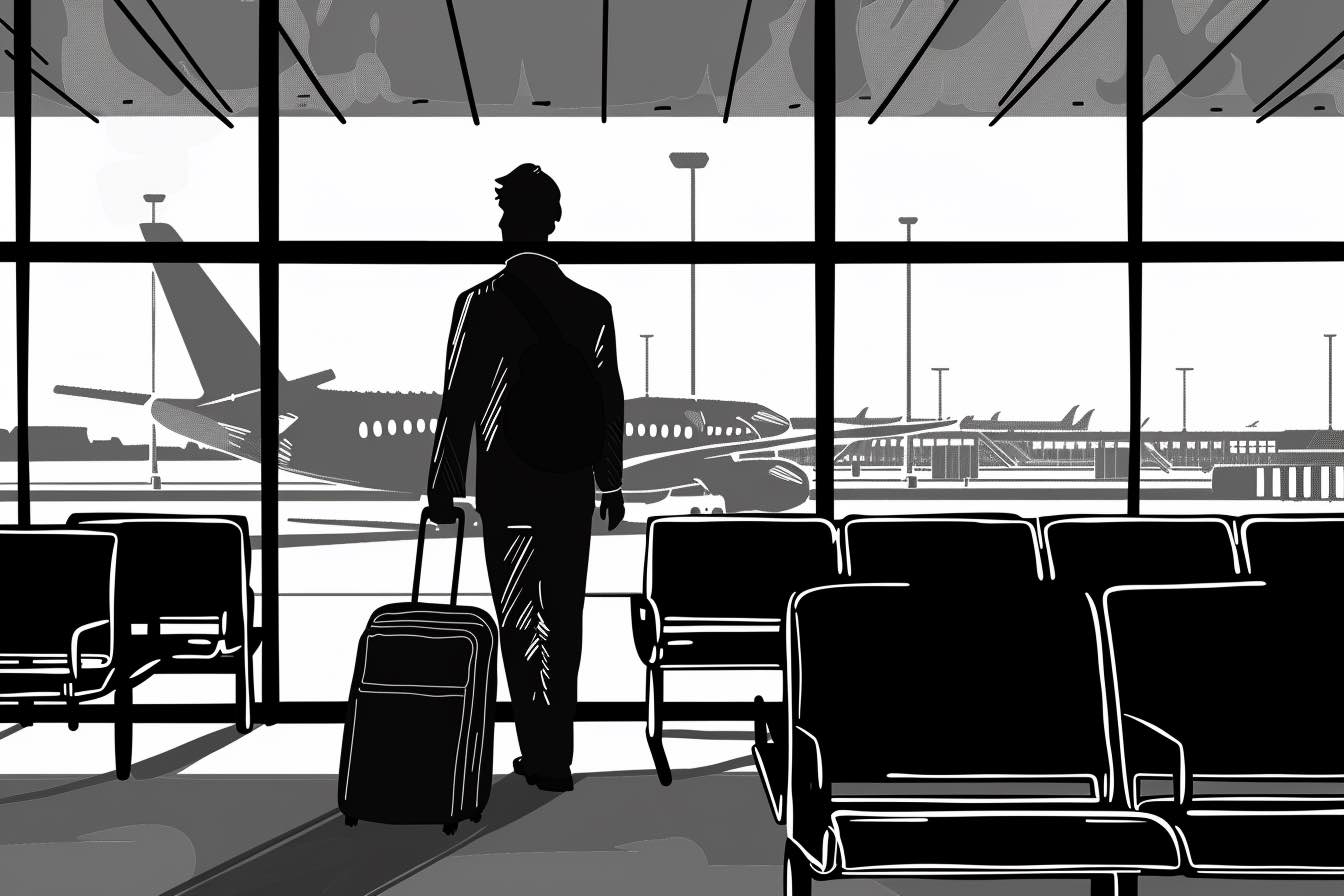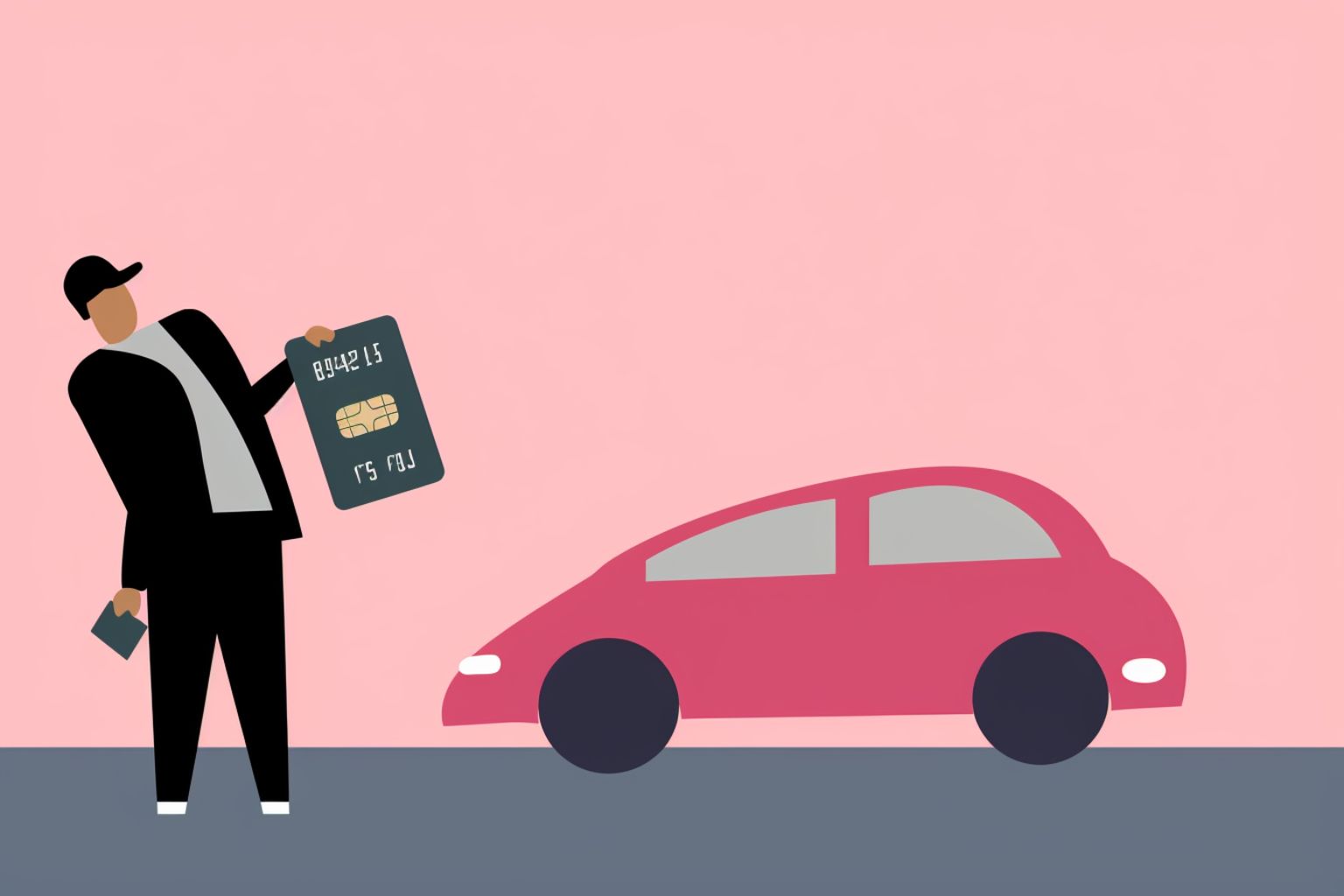If you’re going somewhere in 2024, chances are you need a reliable carry-on or rollaboard. But how do you buy the best luggage for your next trip?
You have so many choices, from backpacks to wheeled luggage. Which one is right for you? How do you pack it? What if they lose your bag?
Domestic airlines mishandled about 2 million bags in the first nine months 2023, roughly the same number as the same period a year before. This guide will help you avoid becoming a statistic.
As someone who literally lives out of a bag, I have the answers to all of those questions. But before we get to that, let’s answer a few basic questions:
- Do I need luggage? And if I do, should I check it or carry it?
- What’s the best luggage to travel with?
- How do I pack my bags?
But first things first. Do you need luggage at all?
Travel with luggage
- If you’re going somewhere where you will need a change of clothes and basic toiletries.
- If you need to carry anything larger than your pocket, either as a checked bag or as a carry-on. That includes a laptop computer, tablet, or other electronics, which you should always carry on your person.
- If you need to bring food, beverages, medical supplies, or prescription drugs on your trip. Never surrender medicine, car keys or house keys to an airline or cruise line.
Travel without luggage
- If it’s a short trip or day trip, and you will not need a change of clothes.
- If you’re going somewhere that luggage will slow you down. For example, you wouldn’t want to take a large bag into a theme park — many parks will send you to a long line for the bag to be searched.
- If you can easily buy the necessities at your destination, and need to get to your destination quickly. (A good example is if you’re fleeing a natural disaster or civil war, and need to leave town on the double.)
Should I check my bag or carry it?
You may not even need to check your luggage, which reduces your risk of losing it.
Airline
Checking a bag used to be a relatively easy decision. Most airlines included the cost of checking a first and second suitcase. You could still lose your checked bags, but at least you weren’t paying extra for them. Now, with only one or two exceptions, you pay for the privilege. That’s left a lot of air travelers re-packing their bags, or taking less. For most vacations or business trips (those lasting a week or less), you can usually fit everything into a carry-on bag. Many air travelers try to do that, instead of giving the the airline an extra $30 per bag or more. (Note: Some “discount” airlines like Spirit also charge for carry-on bags, which makes this strategy more difficult to execute.)
Cruise
Most cruise lines allow you to carry one bag on board when you embark, but ask that you check the rest of your luggage. A porter will bring your luggage to your cabin. There’s no extra charge for checking your bag, although your porter will expect a tip. This usually works, although I would strongly recommend that you take all valuables with you. Your cruise line may not cover all your losses in the event of a loss.
Hotel
You can check your bags at the front desk for safekeeping when you’re waiting for your room or need to check out of your room but still have a few hours to kill. There’s usually no charge for this service, although the staff may expect a tip for bringing luggage to your room. The hotel’s liability may be limited, so you should be wary of checking anything valuable.
Bus and train
Rail and motorcoach operators rarely charge for carry-on luggage in modest amounts, but their liability is limited by contract or federal law. It’s unusual for passengers to carry an excessive amount of luggage when traveling by bus or train, since it often involves walking longer distances within cities or between terminals. Again, don’t leave anything valuable in your bags if you leave them out of your sight.
What’s the best luggage to travel with?
Luggage comes in all shapes and sizes, and deciding which set is right for you is a personal and practical decision.
Airline carry-on bags must fit in the overhead compartment, or under your seat. For most commercial aircraft (but not all), that means the maximum dimensions can’t exceed 22″ long x 14″ wide x 9″ tall. That’s the largest carry-on bag you can bring.
You may not be able to take that bag on a plane if:
- You’re on a smaller aircraft, such as a regional jet.
- All the overhead compartments are already full.
- You’ve overpacked the bag and it won’t squeeze in the overhead compartment.
I strongly recommend that your primary bag is no larger than the maximum carry-on for an aircraft. Otherwise, you’re taking a chance every time you check in, that your primary carry-on — and let me emphasize, this is the bag with all of your valuables and personal belongings — will be forcibly checked by the airline. It’s just not worth it.
Note: If you’re traveling by bus or train, you may experience limitations similar to those found on a small regional jet. You may need to quickly remove the valuables from your luggage and check it, which is not an ideal situation. Check the baggage limits for your motorcoach or train before you leave, so that you don’t have to quickly repack your bags.
Should I buy soft or hard luggage?
Hard-sided luggage will protect your belongings, but it comes at a cost. The luggage tends to weigh more and it’s less flexible. So you won’t be able to wedge the bag into an overhead bin, and it’s more of a challenge to overpack a hard-sided bag (though not impossible). Where you’re going matters. In the tropics, where you might deplane onto the tarmac and pick up your luggage, soft-sided luggage can get soaked in a downpour before you get to it. Also, destinations with high humidity can cause clothes in soft-sided luggage to get damp. It isn’t unusual for experienced travelers to own two sets of luggage, which they choose from, depending on the likely travel conditions.
Does the material matter when I’m buying luggage?
Yes, it does. When you’re buying soft-sided luggage, pay close attention to the type of fabric and its denier, which is a trade term for the durability. Ballistic or Cordura nylon is more resilient than other polyester fabrics. Look for something strong, and a denier of 400 or higher.
How can I tell if the luggage is well-made?
Typically, the more you pay the better the luggage, but not always. A solid look and feel will ensure the luggage lasts longer than a few trips. Look for covered exterior seams, lock stitches, and zippers with seams that are reinforced. Don’t be afraid to give the bag a pull (the equivalent of “kicking the tires” on a car) to make sure the stitches, zippers, and handles have a solid feel. If the handle seems like it could come off with another tug, try a different set.
Is wheeled luggage better?
Probably. Wheels add weight to your luggage, but they can also make the carry-on so much more convenient. I’m a firm believer in wheels, but bear in mind that not every bag must have wheels. Some of your carry-ons can rest comfortably on the wheeled luggage when you’re in an airport terminal or checking into a hotel. Don’t go all wheel-crazy! (Related: Luggage etiquette: Do’s and don’ts for claiming your bags.)
Two wheels or four?
If your primary bag is wheeled, you have one more decision to make: two wheels or four? While the standard, two-wheel, wheeled luggage remains the most popular among frequent travelers, spinner luggage, featuring four wheels mounted on casters, is another option. Kids love it, because it moves easily in any direction. Four-wheelers also don’t fall over as often as the two-wheelers but they can roll away from you on their own.
What about “wearable” luggage?
Several clothing manufacturers offer pants, shirts and jackets that are advertised as wearable luggage. While these can carry some of your personal belongings when you travel, I don’t recommend using them as your primary luggage. They generally have nowhere near the capacity of a standard carry-on bag. So, use it if you have one, but don’t leave your conventional luggage at home.
What should I put on my luggage tag?
Would you give a total stranger your name, address, and phone number? That’s what a luggage tag does unless you know better. Include your name, email and phone number on a luggage tag, but no more. Certain luggage features electromagnetic shielding compartments to protect your laptop, tablet, cell phone and other digital devices from hacking and identity theft. You may not need this advanced protection, but if you’re the neurotic type, the added peace of mind can be a plus. Criminals are constantly trying to access your personal and financial data.
What kind of luggage should I carry?
As someone who is constantly on the road, here’s what I travel with:
Carry-on. I keep my passport, essential medications and a change of clothes in a Knack medium backpack. I’ve tested dozens of backpacks. This one is the most functional and easily carries everything I need.
Checked. I travel with Victorinox Lexicon hard-sided luggage as a checked bag. It’s functional, it fits all my belongings, and it takes a beating. This bag has seen a lot of action. I’ve hauled it to all seven continents and it’s still holding up, despite a few scuffs. Pro tip: If you plan to travel a lot, get the hard-sided version.
Do luggage warranties matter?
Absolutely. Ideally, your bag will come with an unconditional lifetime warranty. Do manufacturers cover their product? You bet. I’ve dealt with many travelers who had their bags replaced, no questions asked. Note: read the fine print very carefully. Some warranties won’t cover all types of damage.
How do I pack smarter?
Don’t be the traveler with clothes hanging out of your bag. Here’s how to pack your bags smarter:
- Learn a system. There are various packing methods designed to fit more items into less space. Ever since I learned to fold the Navy way, I’ve been able to cram more into a bag, but rolling your clothes is another way to maximize room. Find a system that works for you, and use it.
- Take only what you need. When in doubt, leave it out. Odds are, there’s a drug store or clothing store at your destination, and you can buy an item you need.
- Plan ahead to pack less. Know the weather forecast at your destination and your activities and pack what works for both. Resist the temptation to add something “just in case”.
- Don’t overpack. You’ll have trouble getting it into the car, or the overhead compartment, and it will stress you out. What’s more, you won’t be able to buy anything to take home with you.
Should I track my bag?
Yes. Apple’s AirTag, introduced in early 2021, is the most popular system used by travelers to track luggage. It is also the easiest to use. An AirTag doesn’t require a subscription and uses Bluetooth technology. You can also use a Tile if you are on an Android phone. Other tracking methods use GPS technology but may require a monthly fee to track your belongings.
I’ve heard from many travelers who have used AirTags to find their luggage when an airline declares it lost. The tracking technology also works for Apple headsets, which have made for some interesting stories.
Lately, travelers have placed too much confidence in tracking devices and have forgotten to pack their common sense. But it’s worth repeating: The only way to be sure your bag won’t get lost is to never leave it out of your sight.
What if my bags get lost?
It depends how you lost them. For example, you’ll find your right in your airline’s contract of carriage, the legal agreement between you and the airline. If it’s an international flight, you’re covered under the Montreal Convention.
Your cruise line’s ticket contract or cruise contract outlines your consumer rights if you’re cruising. You have to prove that the luggage was in the cruise line’s possession, custody, or control when it was lost.
I have more information in my ultimate guide to lost luggage.
Bottom line: Don’t check luggage if possible, always use a luggage tracker (even if you don’t check a bag) and go for quality luggage that will hold up to the rigors of travel. And if you run into trouble? Well, my advocacy team is always here for you.
About this story
This guide started as a chapter in my book “How To Be The World’s Smartest Traveler.” But as I began to update it, the guide evolved into a more practical story on buying the best luggage. This year, I also added my personal recommendation (which I also featured in a Forbes story in early 2024).




